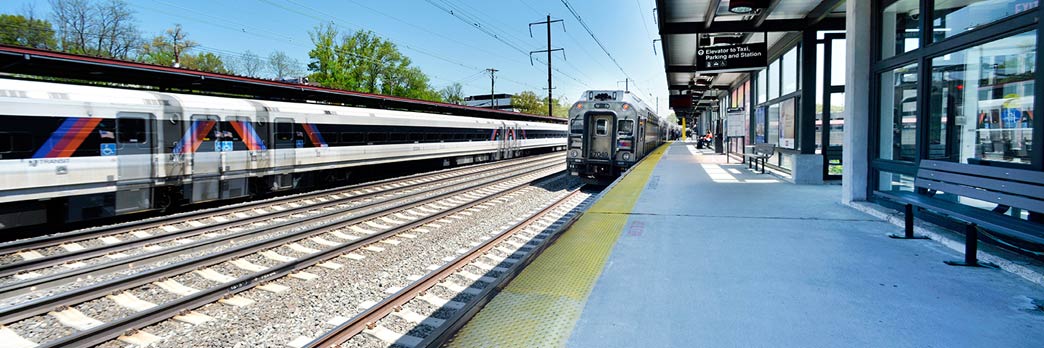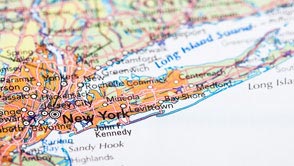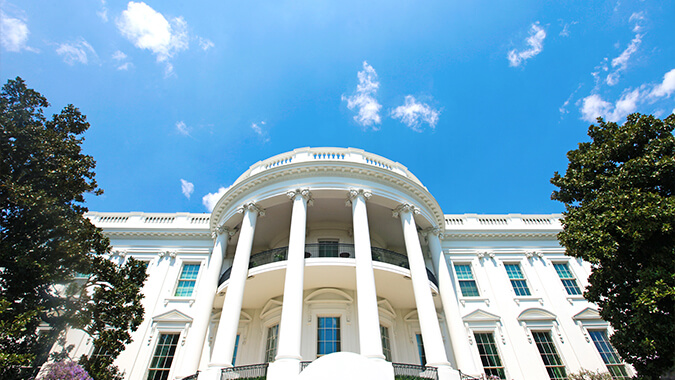
LIRR Third Track
- Published
- Jun 2, 2016
- Share
I recently attended a networking event through WEDLI (the Women’s Economic Development of Long Island, a not-for-profit organization whose goals are to foster economic development on Long Island) featuring keynote speaker John McCarthy, Special Advisor for MTA Agency Operations & Initiatives. Marianela Casas, MPA, from the Governor’s office, was also present at this meeting.
The subject matter, which is of great concern for Long Islanders, was the LIRR Third Track proposal and its economic impact.
Per John McCarthy, the LIRR currently is limited by track capacity. At peak times, the LIRR is forced to run trains in one direction between Floral Park and Hicksville, making it very difficult for reverse commuters and intra-islanders. In essence, millions of people are limited by a system of transportation designed and virtually unchanged from 50 years ago.
In order to modernize the system and improve commutes, per John, the Governor is announcing a renewed effort to expand the LIRR’s capacity between Floral Park and Hicksville. Hence, the Third Track Project. John said the cost of constructing an additional 9.8 mile track between Floral Park and Hicksville would be approximately $1 billion. He discussed how the project will allow the LIRR to increase service, reduce congestion and delays whenever there is an incident along this busy stretch of tracks, and enable the LIRR to run “reverse-peak” trains. This will allow people to ‘reverse commute’ and more easily use the LIRR to get to jobs on Long Island during traditional business hours. More trains will make it easier to reach LaGuardia and JFK airports. The project will also make the railroad a more attractive alternative to driving and thereby reduce traffic on Long Island’s east-west highways.
“Long Island’s future prosperity depends on a modern transportation network that eases congestion on our roads and improves service on the LIRR, helps this region’s economy and preserves the character of these great communities” said Marianela. “This is a robust and comprehensive agenda to do just that and help build a brighter tomorrow for Nassau and Suffolk residents.”
Concerns were brought up in regard to eminent domain and how it will affect Nassau residents. Only 20 residences are affected and the average resident acquisition would be 5feet wide. There are approximately 30 or so commercial properties affected. Marienala said Cuomo was working closely with leaders of the communities along the corridor. Also in discussion were plans to fast-track the elimination of seven railroad grade crossing along the project area. To give the public opportunities to weigh in on the projects and have direct access to the project team, Cuomo’s office announced in early May there would be a series of community meetings that are to take place in Nassau County in the coming months. Cuomo has vowed to make it more palatable for the affected communities.
Contact EisnerAmper
If you have any questions, we'd like to hear from you.
Receive the latest business insights, analysis, and perspectives from EisnerAmper professionals.









